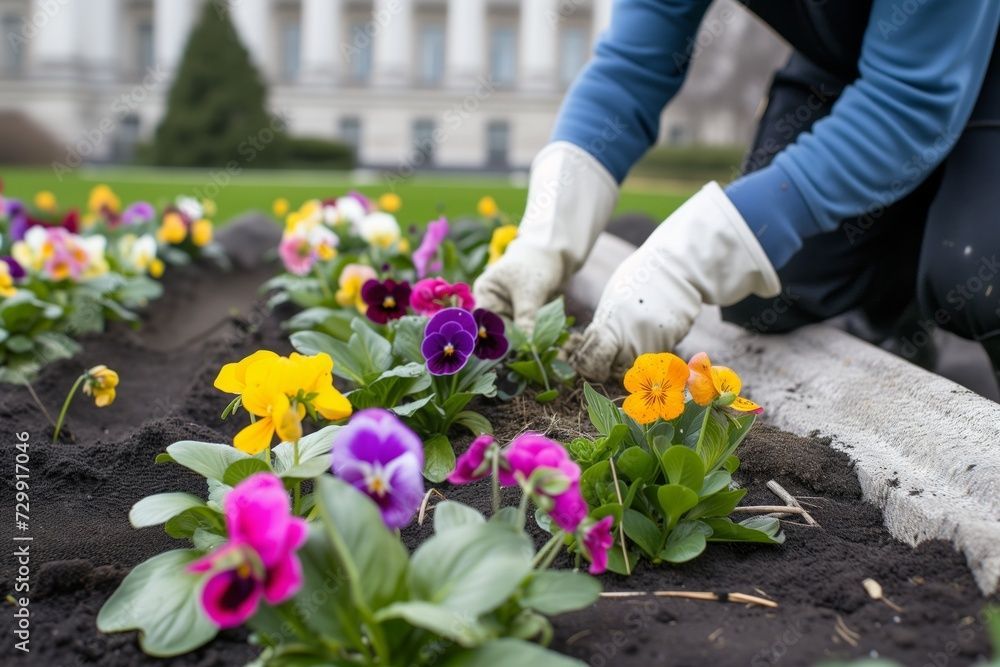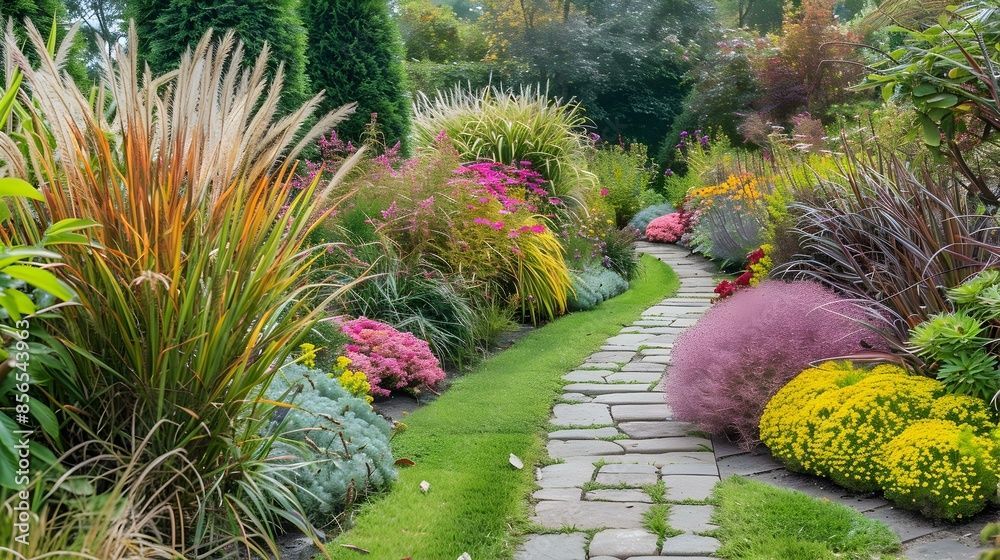Creating Privacy and Structure: A Guide to Using Evergreen Hedges
Creating privacy and adding structure to outdoor spaces are essential aspects of garden design, whether for residential properties, commercial landscapes, or public parks. Evergreen hedges are a popular choice for achieving these goals due to their year-round foliage, versatility, and aesthetic appeal. This article explores the benefits of evergreen hedges, the best varieties to consider, and practical tips for planting and maintaining them.
Why Choose Evergreen Hedges?
Year-Round Privacy Evergreen hedges provide continuous privacy throughout the year, unlike deciduous plants that lose their leaves in autumn. This makes them ideal for screening, boundary definition, and creating secluded outdoor areas.
Aesthetic Appeal The dense foliage of evergreen hedges adds a lush, green backdrop to any garden. They can be shaped and trimmed to maintain a formal look or left to grow naturally for a more relaxed, informal appearance.
Noise Reduction Thick evergreen hedges can help reduce noise pollution by acting as a sound barrier. This is particularly beneficial for properties near busy roads or in urban areas.
Wind Protection Evergreen hedges can serve as windbreaks, protecting more delicate plants and creating a more sheltered microclimate within your garden.
Best Evergreen Hedge Varieties
1. Laurel (Prunus laurocerasus)
- Description: Laurel is known for its large, glossy leaves and rapid growth. It is an excellent choice for creating dense, robust hedges.
- Benefits: Hardy and easy to grow, laurel is ideal for both formal and informal hedging.
- Care Tips: Prune in late spring or early summer to maintain shape and encourage new growth.
2. Leylandii (Cupressus × leylandii)
- Description: Leylandii is a fast-growing conifer that forms a dense, evergreen screen. It is often used for tall hedges and windbreaks.
- Benefits: Provides excellent privacy quickly due to its rapid growth rate.
- Care Tips: Regular trimming is essential to keep Leylandii under control and prevent it from becoming too large.
3. Privet (Ligustrum vulgare)
- Description: Privet is a versatile hedge plant with small, dark green leaves. It is semi-evergreen in colder climates but remains fully evergreen in milder areas.
- Benefits: Easy to shape and maintain, privet is suitable for both formal and informal hedges.
- Care Tips: Trim in late spring and summer to maintain a neat appearance.
4. Yew (Taxus baccata)
- Description: Yew is a slow-growing conifer with dense, dark green foliage. It is highly regarded for its longevity and ability to be shaped into formal hedges.
- Benefits: Yew is long-lived and provides an elegant, classic look for formal gardens.
- Care Tips: Prune in late summer or early autumn to maintain shape and encourage dense growth.
5. Boxwood (Buxus sempervirens)
- Description: Boxwood is a compact, slow-growing shrub that is ideal for low hedges and topiary.
- Benefits: Boxwood is perfect for formal garden designs and can be easily shaped.
- Care Tips: Prune in late spring and late summer to keep the hedge dense and well-shaped.
Planting and Maintenance Tips
Planting Time The best time to plant evergreen hedges is during the dormant season, from late autumn to early spring. This allows the roots to establish before the growing season begins.
Site Preparation
- Soil: Ensure the soil is well-drained and enriched with compost or organic matter.
- Spacing: Space the plants according to their mature size to ensure adequate growth and airflow.
Planting Process
- Dig a Trench: Dig a trench wide and deep enough to accommodate the root balls of the plants.
- Position the Plants: Place the plants in the trench, ensuring they are at the same depth as they were in their pots.
- Backfill and Firm: Backfill the trench with soil, firming it gently around the roots to eliminate air pockets.
- Watering: Water thoroughly after planting to help the plants establish.
Aftercare
- Watering: Keep the soil consistently moist, especially during dry periods.
- Mulching: Apply a layer of mulch around the base to retain moisture and suppress weeds.
- Fertilising: Feed the hedge with a balanced fertiliser in early spring to promote healthy growth.
- Pruning: Regular pruning is essential to maintain the shape and density of the hedge. Prune in late spring or early summer, and again in late summer if necessary.
Conclusion
Evergreen hedges are an excellent solution for creating privacy, adding structure, and enhancing the aesthetic appeal of any garden or landscape. By choosing the right variety and following proper planting and maintenance practices, you can enjoy a beautiful, functional hedge that provides year-round benefits.
Contact Us: For more information on our evergreen hedge plants and how we can help you choose the best options for your garden or landscape, please contact us at 0800 987 5201 or email enquiries@ukwholesaleplants.co.uk.














